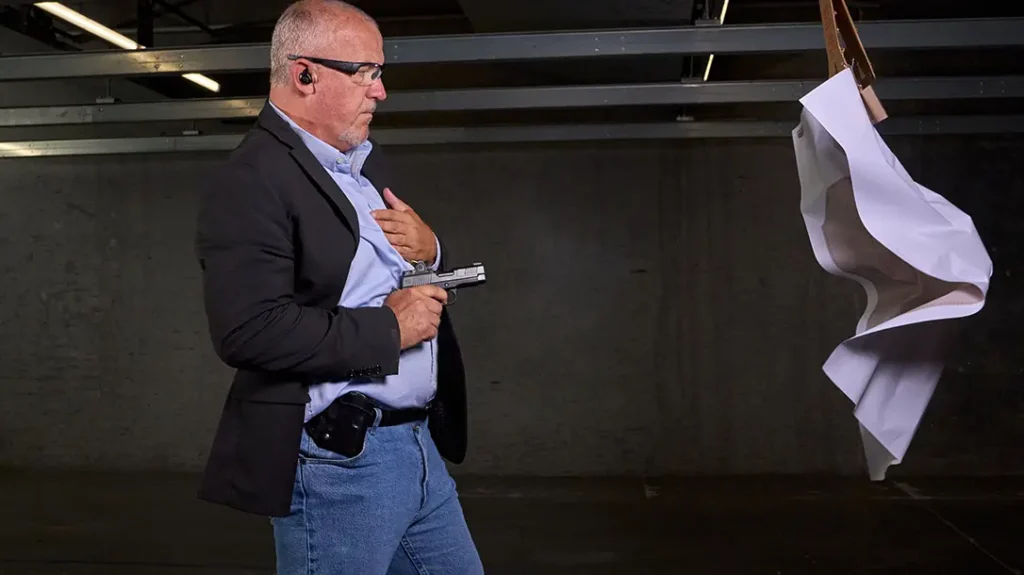Like the AK-47 in the realm of rifles, the American U.S. Marine Corp Model 1219C2 Knife, Fighting/Utility, first issued in November of 1942, has become the standard against which all other military combat knives are measured. The U.S. Navy quickly followed the Marine Corps and adopted the knife as the MK-II Utility Knife, distributing it standard issue to underwater demolition teams and Navy SEALs serving in Vietnam and elsewhere. The Marines, of course, have carried theirs in every war, World War II and after, in which they’ve been involved, from the Pacific Bougainville campaign to Afghanistan today. Few combat knives have as legendary a status as this one.
During Vietnam, the knife’s marking were changed from “USMC” and/or “USN MK-II” to a simple “US,” indicating its availability to any military unit requiring it. The Fighting/Utility soon became a popular edged weapon with Army Special Forces and Ranger teams. In truth, the knife’s service to American arms makes up just a part of its illustrious history. Mexico created a version of its own, as did several South American military groups. Just about every country in Central America receiving American military aid has troops carrying the Fighting/Utility. The French Foreign Legion has long been fond of the pattern and has in the past carried both American- and Italian-made versions. Israel also fields numerous American-made Fighting/Utilities, as well as their own English-made interpretation. I know of Thai- and Filipino-made U.S. Marine Corps-style knives, and I wouldn’t be surprised if several other countries in Southeast Asia are issuing it, too. On an individual purchase basis, you will find the knife on the battle rattle of troops in virtually every country around the globe. In short, the Fighting/Utility is about as universal a combat knife as there is today.
Combat Predigree
Advertisement — Continue Reading Below
Despite the Fighting/Utility’s long combat pedigree, some troops have felt there are a few aspects of the knife that could be improved. For starters, the blade thickness is adequate for most cutting chores, but is not up to much in the way of prying. Being basic 1095 carbon steel, the knife has very little corrosion resistance, so it is less than ideal for use around saltwater. The handguard is bit thin, and it often ends up bent under hard use. While leather washer handles were state of the art in 1942, there are many more durable materials available today. The same goes for the leather sheath, which is tends to soften up under wet conditions and isn’t really “jump safe” for airborne operations.
Find out more at extremaratioknivesdivision.eu
For the complete article please refer to Tactical Knives July 2013.
Advertisement — Continue Reading Below
























